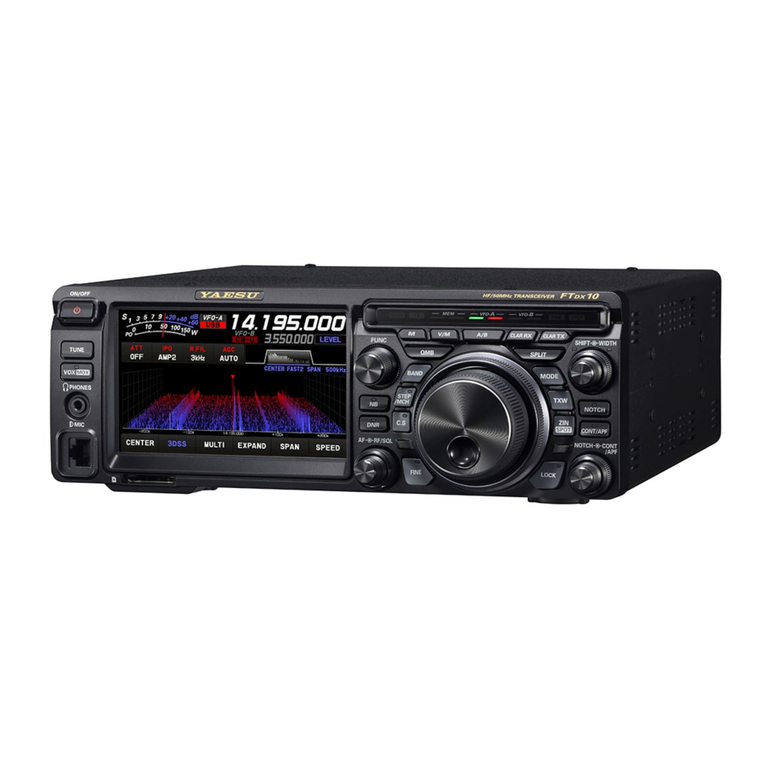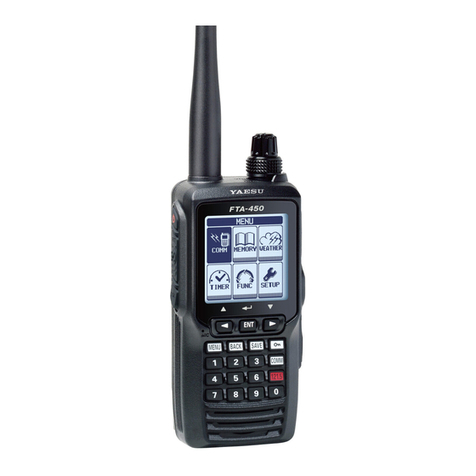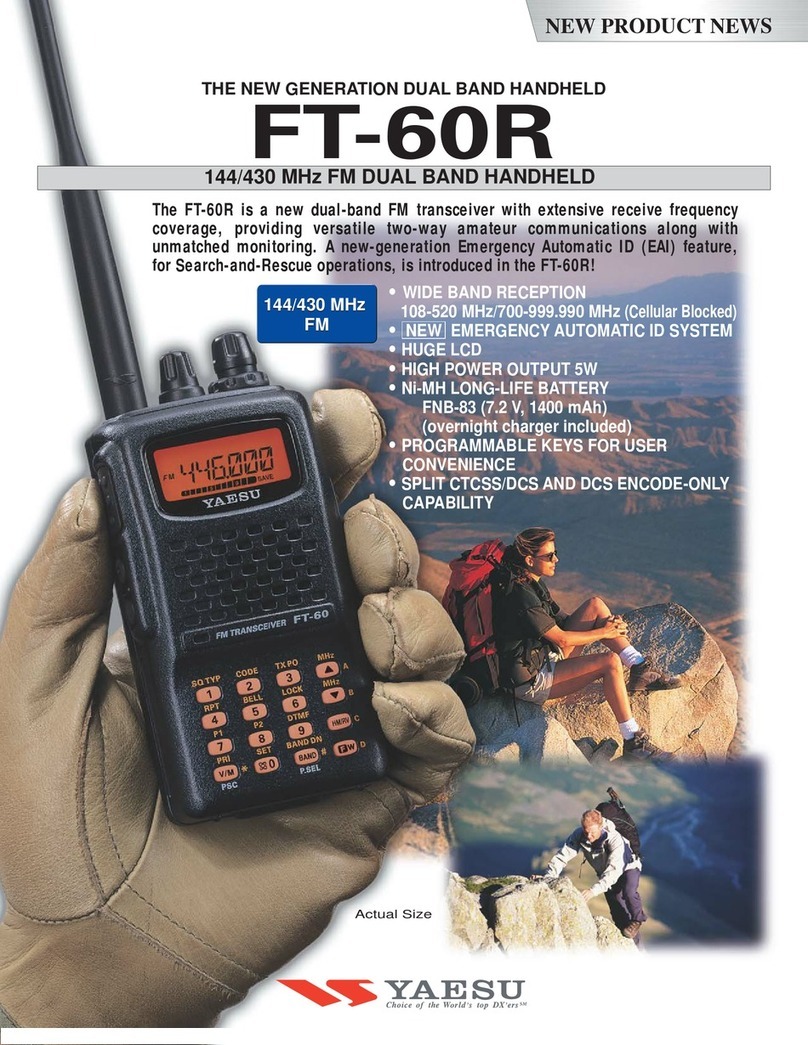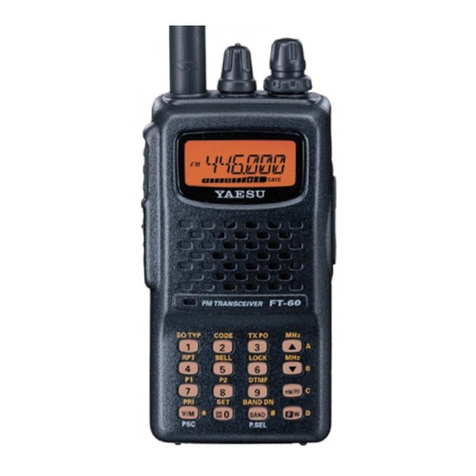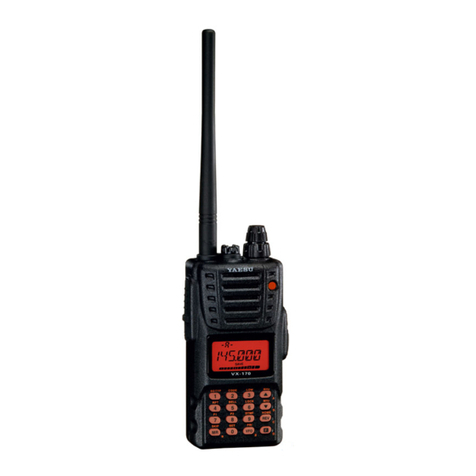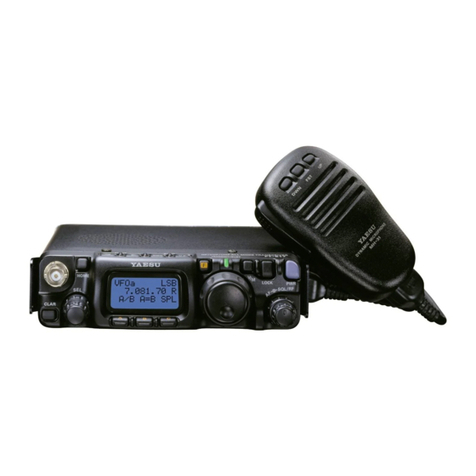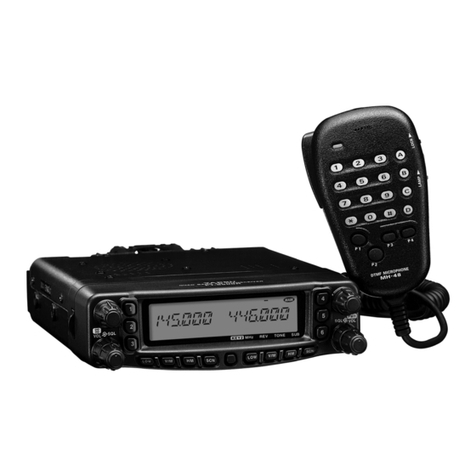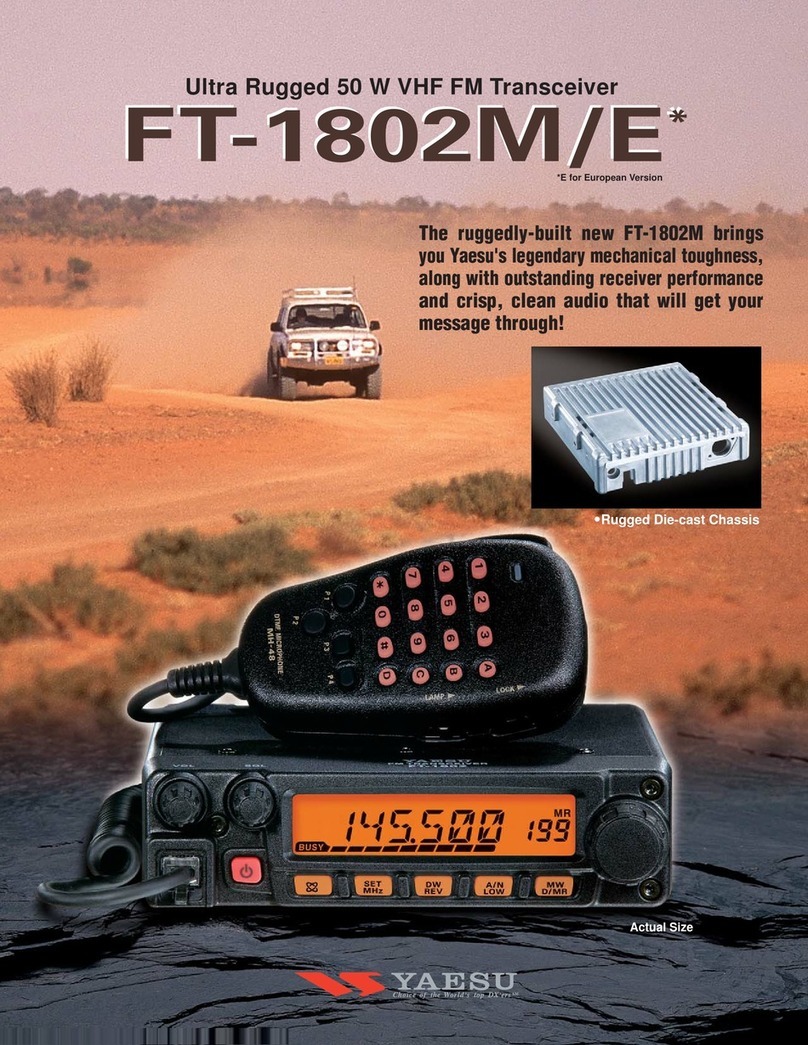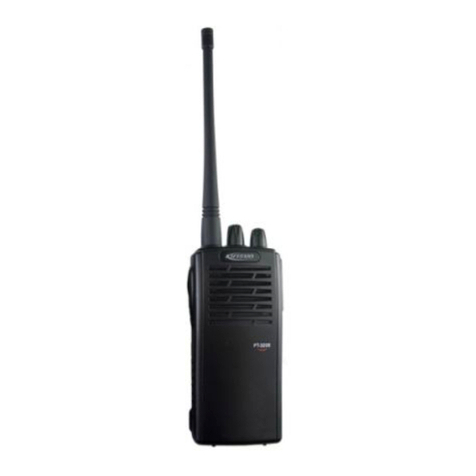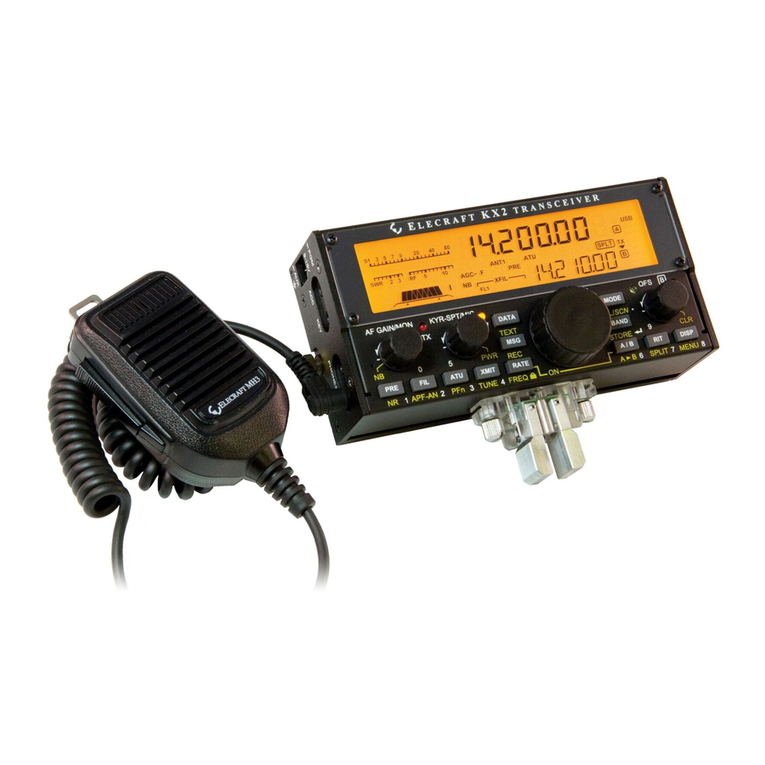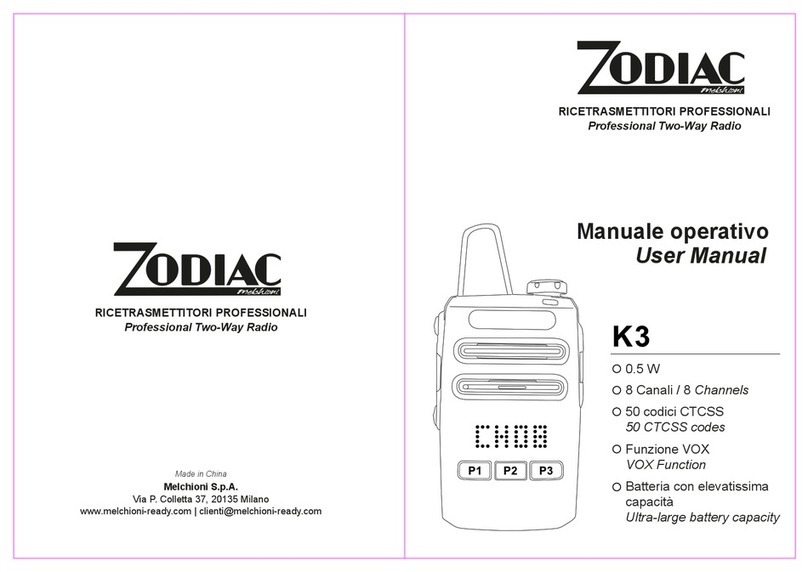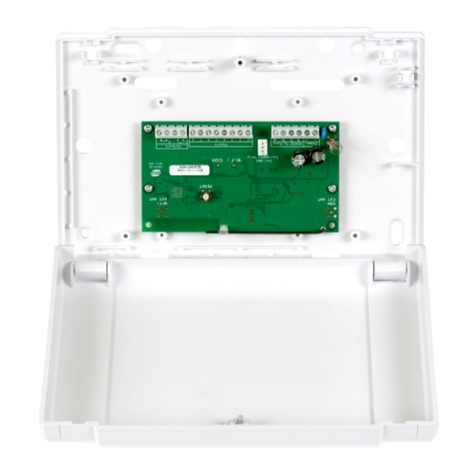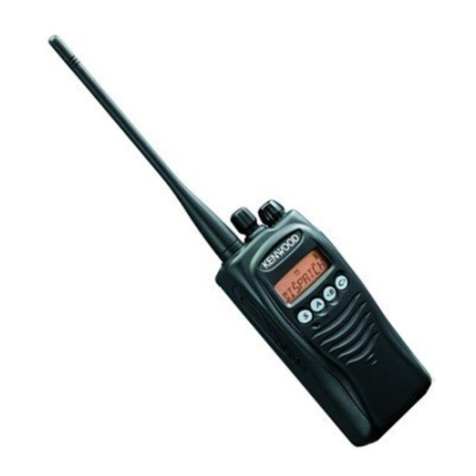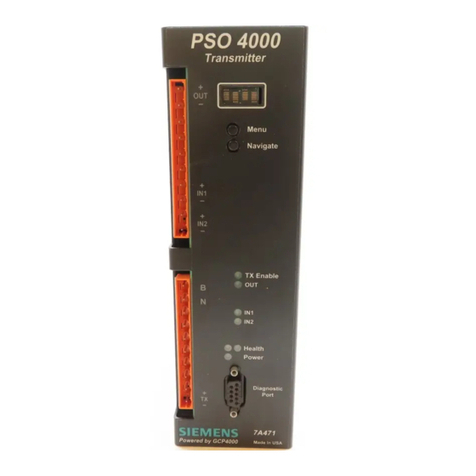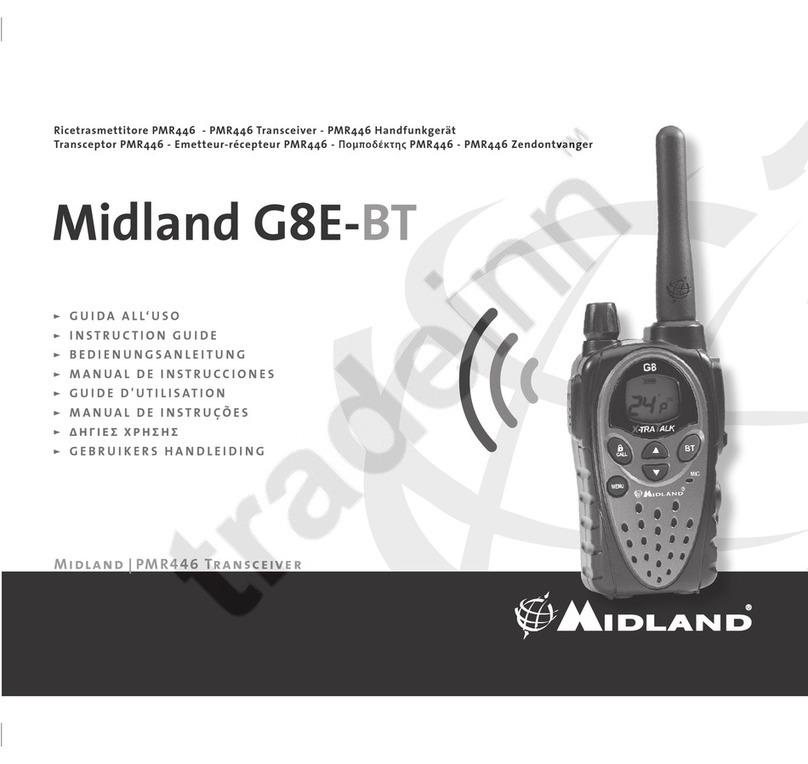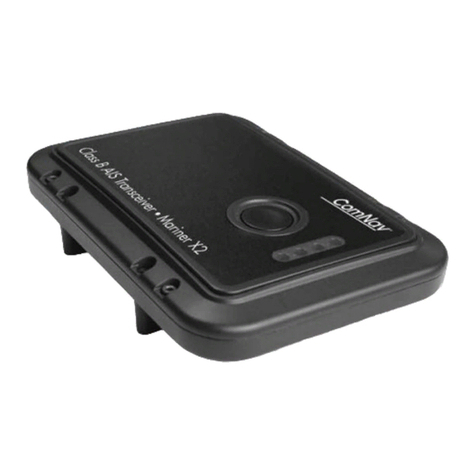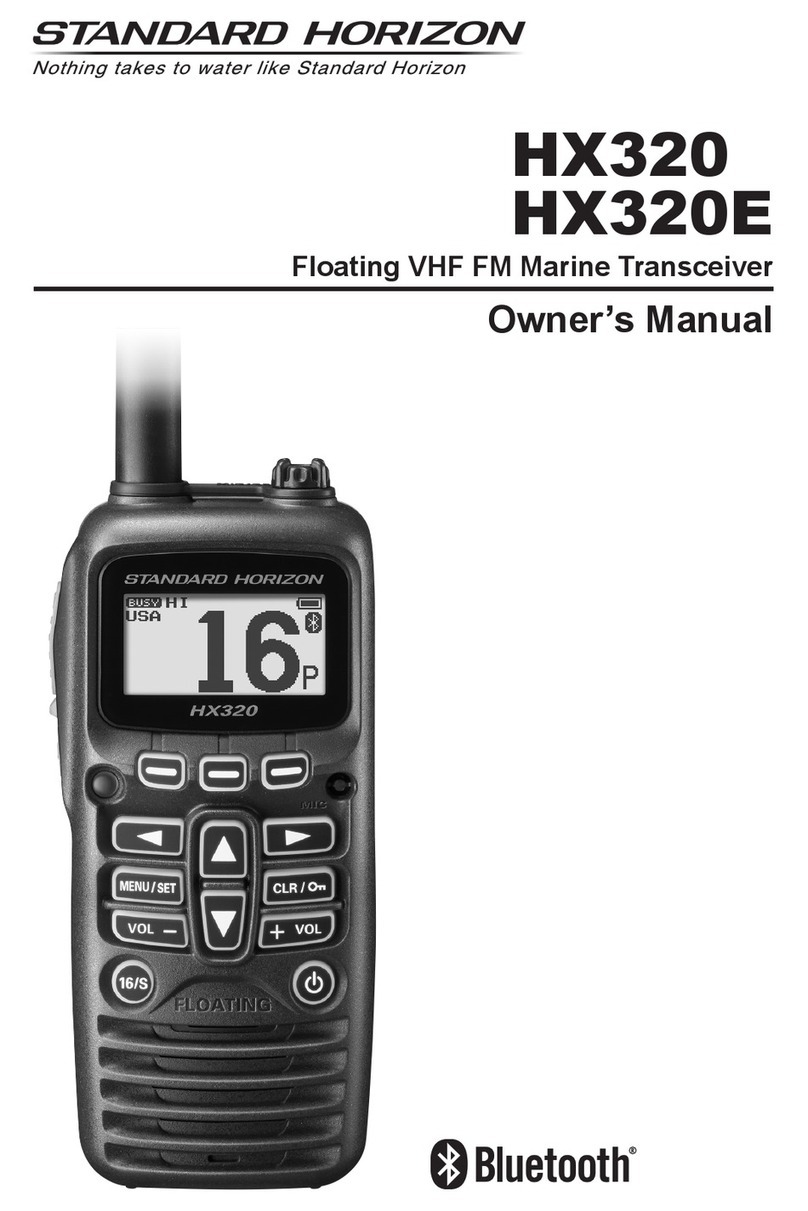
Introduction ............................................... 3
About this manual ............................................... 3
Important Notes ................................................... 3
System Requirements ......................................... 4
Supported Operating Systems .......................... 4
CPU ................................................................... 4
RAM (System Memory) ..................................... 4
HDD (Hard Disk) ............................................... 4
microSD ............................................................. 4
Cables ............................................................... 4
Necessary microSD memory card reader ......... 4
Necessary PC peripheral interfaces .................. 4
Trademarks .......................................................... 4
The ow of a setup of ADMS-16 ......................... 5
Setup of the ADMS-16 .............................. 6
Preparation ........................................................ 6
ADMS-16 Programming Software Installation ... 6
Uninstalling the ADMS-16 ................................. 7
SCU-58/SCU-40 USB Driver Software
Installation ......................................................... 8
Connect the FTM-500DR/DE and the PC ......... 8
Execute ADMS-16 ..................................... 9
Be sure to read the transceiver data information
before using ADMS-16
.......................................... 9
Use a microSD card .......................................... 9
Use a PC Connection Cable ............................. 9
Display examples .............................................. 10
First Screen ..................................................... 10
Menu Bar ......................................................... 10
TAB Menu Bar .................................................. 11
Set mode screen .............................................. 11
Communications (Data communication
with the FTM-500DR/DE) ................................... 12
Get Data from SD card .................................... 12
Send Data to SD card ..................................... 13
Communication port setting ............................. 13
Get Data from FTM-500D ................................ 14
Send Data to FTM-500D ................................. 14
Names and Functions of Menu Bar ...... 15
File ...................................................................... 15
• New ............................................................... 15
• Open .............................................................. 15
• Close ............................................................. 15
• Save .............................................................. 15
• Save as ......................................................... 16
• Import ............................................................ 16
• Export ............................................................ 16
• Import with FTM-100D/400D format .............. 16
• Export with FTM-100D/400D format .............. 16
• Import with FT2D format ................................ 17
• Export with FT2D format ............................... 17
• Import with FT3D format ................................ 17
• Export with FT3D format ............................... 17
• Print ............................................................... 17
• Exit ................................................................ 18
Edit ...................................................................... 19
• Undo .............................................................. 19
• Cut ................................................................. 19
• Copy .............................................................. 19
• Paste ............................................................. 19
• Find ............................................................... 19
• Find Next ....................................................... 20
• Go to Channel ............................................... 20
• Insert Channel ............................................... 20
• Delete Channel .............................................. 20
• Clear Channel ............................................... 20
• Move Up ........................................................ 20
• Move Down ................................................... 20
• Add Frequency Range .................................. 21
• Sort ............................................................... 21
Communications (Data communication
with the FTM-500DR/DE) ................................... 22
Settings .............................................................. 22
• Set Mode ....................................................... 22
• Tool Bar ......................................................... 23
• Status Bar ...................................................... 23
Window ............................................................... 23
Setting the Template Items .................... 24
Memory ............................................................... 24
Memories ......................................................... 24
PMS ................................................................. 24
About the setting items
of each memory channels ................................ 25
• Receive Frequency/ Transmit Frequency ...... 25
• Oset Frequency ........................................... 25
• Oset Direction .............................................. 25
• Operating Mode ............................................. 25
• DIG/ANALOG ................................................ 25
• Name ............................................................. 25
• Tone Mode ..................................................... 25
• CTCSS Frequency ........................................ 25
• DCS Code ..................................................... 25
• User CTCSS .................................................. 25
• RX DG-ID ...................................................... 26
• TX DG-ID ....................................................... 26
• Tx Power ....................................................... 26
• Step ............................................................... 26
• Narrow ........................................................... 26
• Clock Shift ..................................................... 26
• Comment ....................................................... 26
VFO A / VFO B .................................................... 27
About the setting items
of VFO A / VFO B frequencies .......................... 27
• Receive Frequency ....................................... 27
• Transmit Frequency ...................................... 27
• Oset Frequency ........................................... 27
• Oset Direction .............................................. 28
• AUTO MODE ................................................. 28
• Operating Mode ............................................. 28
• DIG/ANALOG ................................................ 28
• Tone Mode ..................................................... 28
• CTCSS Frequency ........................................ 28
• DCS Code ..................................................... 28
• User CTCSS .................................................. 28
• RX DG-ID ...................................................... 28
TABLE OF CONTENTS
1

